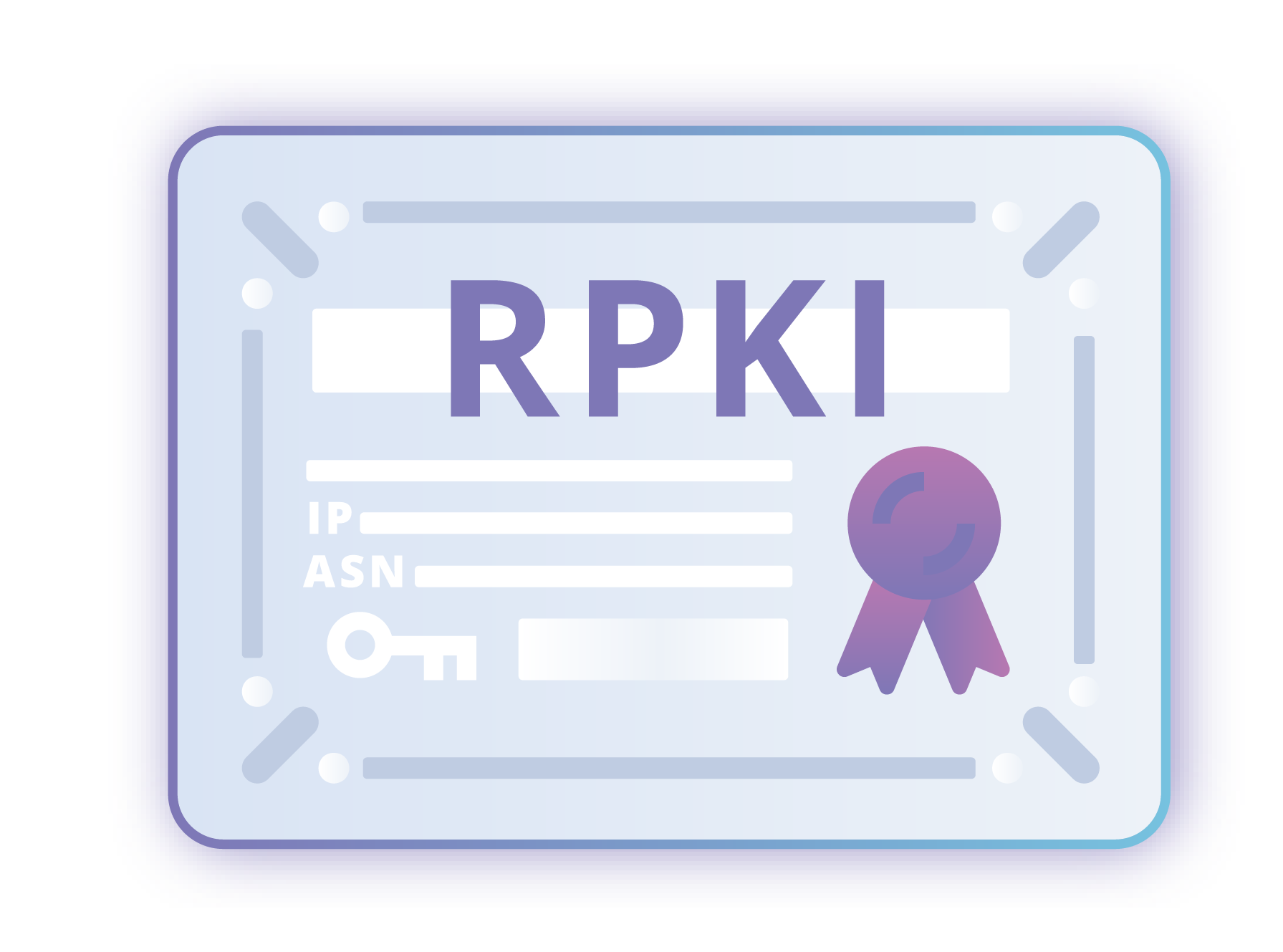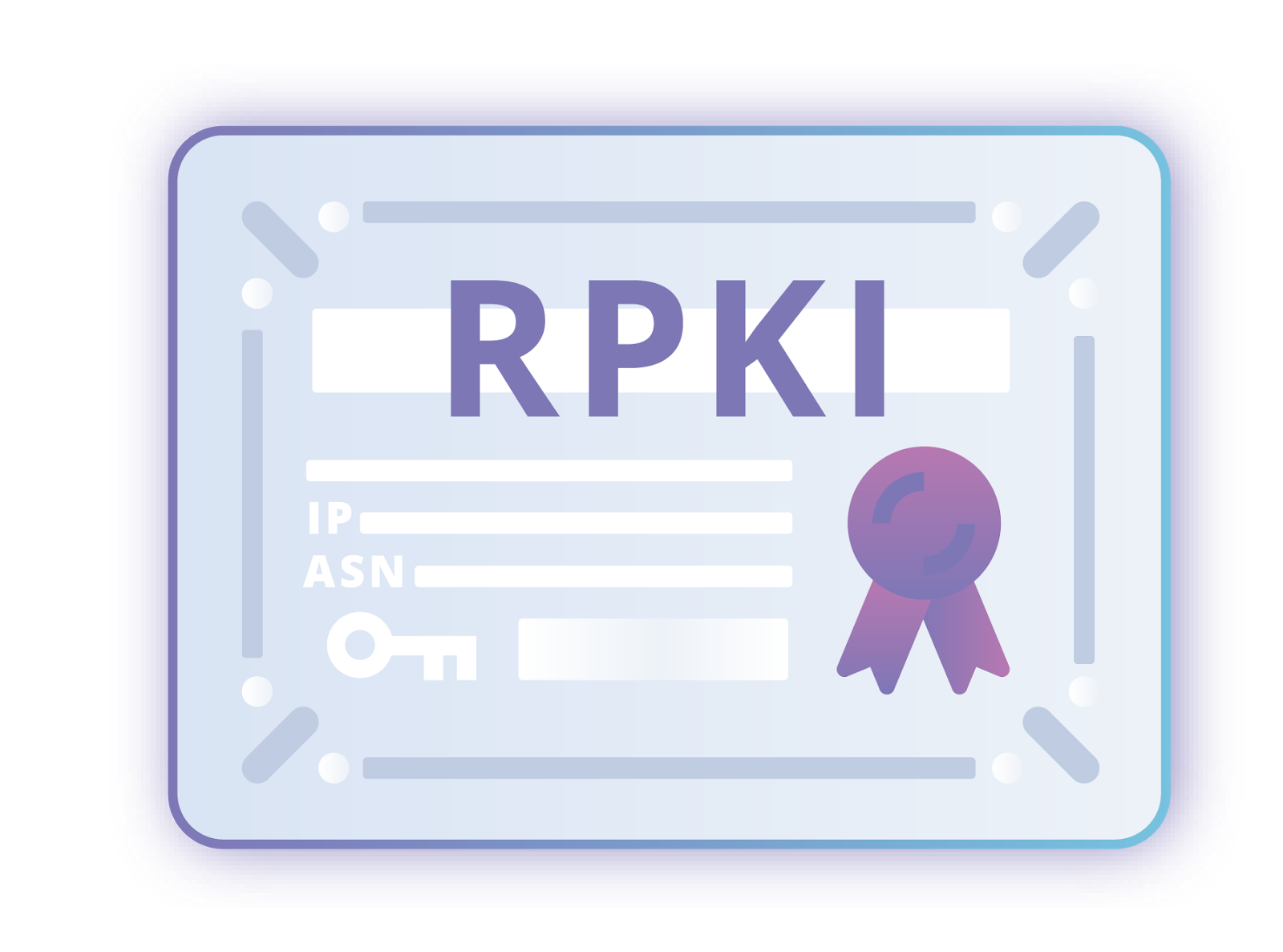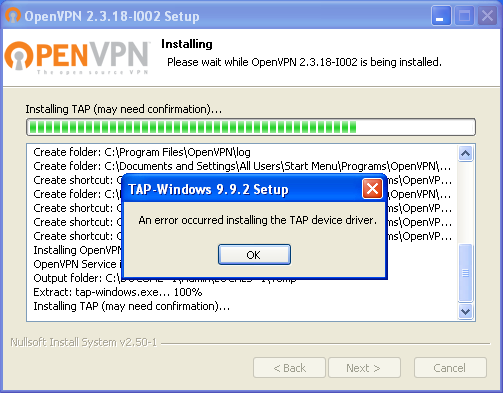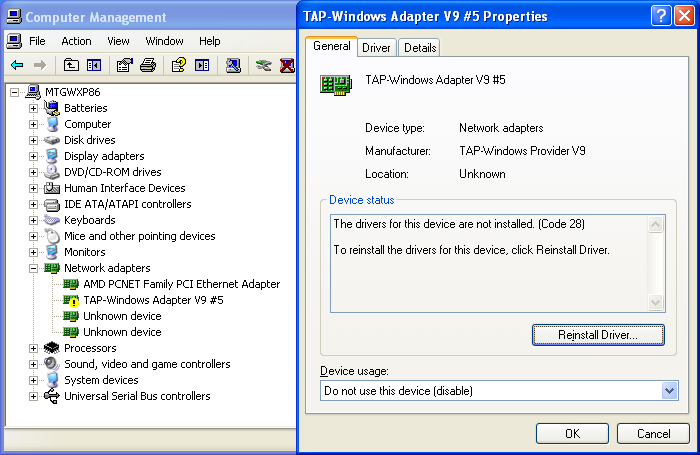0
Hybrid IoT communications could be the best option
Using a sole communications technology doesn’t make sense in many Internet of Things (IoT) implementations, says connectivity vendor Sigfox.In fact, the company, which provides Low Power Wide Area (LPWA) networks, says one could use a hybrid that includes an unlicensed LPWA network along with a licensed, cellular LTE narrowband IoT (NB-IoT) or LTE Cat M1 network solution instead. That way you can support cheap, unlicensed IoT short messaging close up, as is offered by Sigfox and others, and then offload the sensor traffic to more expensive, licensed LTE cellular mobile networks as the devices move off home base, such as what happens in asset tracking, Sigfox says.To read this article in full, please click here
 McAfee says Presidents Trump and Obama have malware campaigns named after them. Tenable discloses a flaw that could affect hundreds of thousands of security cameras globally.
McAfee says Presidents Trump and Obama have malware campaigns named after them. Tenable discloses a flaw that could affect hundreds of thousands of security cameras globally.



 The modern service provider is embracing technologies that were once used only by enterprise IT.
The modern service provider is embracing technologies that were once used only by enterprise IT.





